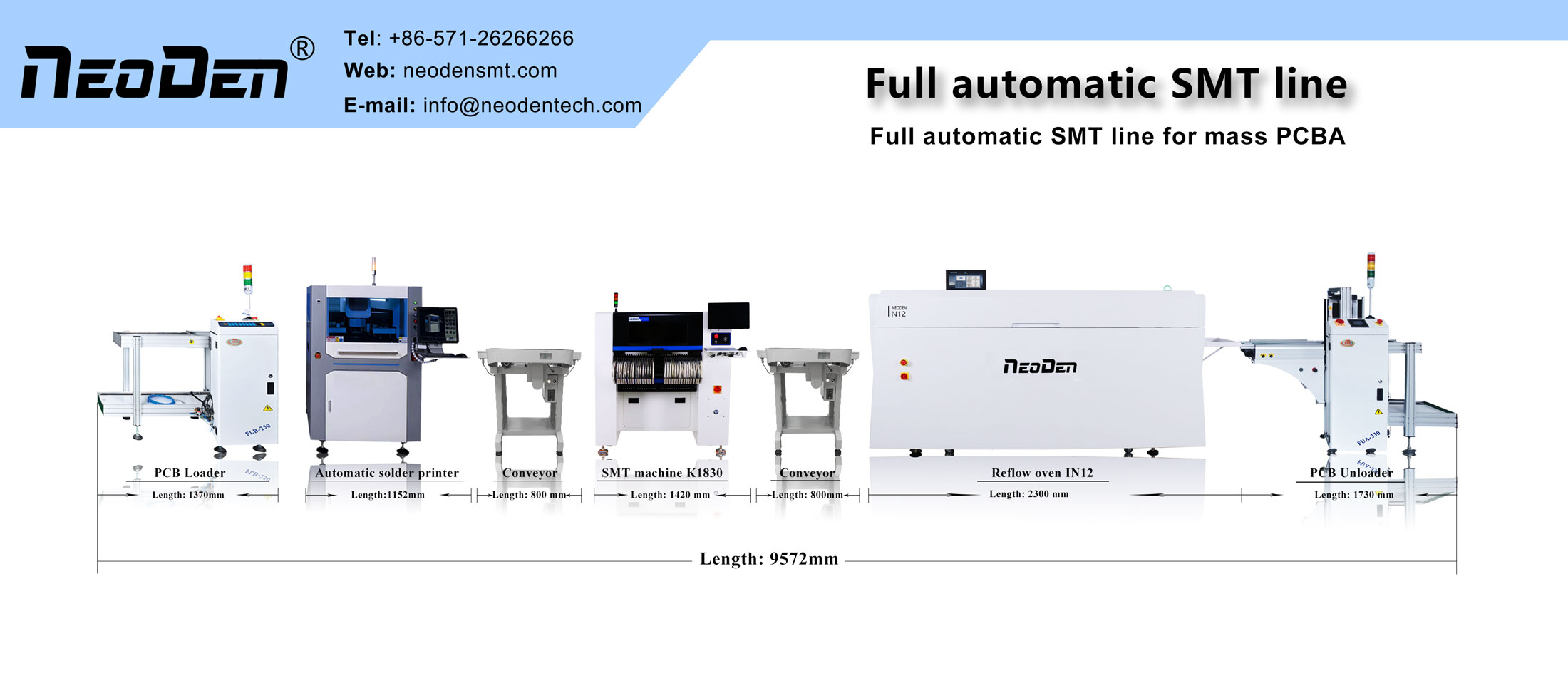In the electronic industry, PCBA processing for software materials have wave soldering machine and manual welding. What are the differences between these two welding methods, what are the advantages and disadvantages?
I. Welding Quality and Efficiency Are Too Low
1. Due to the application of ERSA, OK, HAKKO and crack and other high-quality intelligent electric soldering iron, welding quality has been improved, but there are still some difficult to control factors. For example, the solder quantity and welding wetting Angle control, welding consistency, the requirements of the tin rate through the metallized hole. Especially when the component lead is gold-plated, it is necessary to remove gold and tin lining for the part that needs tin-lead welding before welding, which is a very troublesome thing.
2. Manual welding also exists human factors and other shortcomings, it is difficult to meet the requirements of high quality; For example, with the increase of the circuit board density and the increase of the thickness of the circuit board, the welding heat capacity increases, the soldering iron welding is easy to lead to insufficient heat, the formation of virtual welding or through hole solder climbing height does not meet the requirements. If the welding temperature is excessively increased or the welding time is prolonged, it is easy to damage the printed circuit board and cause the pad to fall off.
3. Traditional soldering iron requires many people to use point-to-point welding on PCBA. Selective wave soldering uses flux coating, then preheating the circuit board/flux, and then using the welding nozzle for welding mode. The industrial batch production mode of assembly line is adopted. Welding nozzles of different sizes can be welded in batches by drag welding. The welding efficiency is usually dozens of times higher than manual welding.
II. Wave Soldering of High Quality
1. wave soldering, welding, welding parameters of each solder joint can be “tailored”, have enough process adjustment space to each spot welding conditions, such as the flux of spraying quantity, welding time, welding wave height and wave height adjustable to best, defects can be greatly reduced might even do it through hole components zero defect for welding, The defect rate (DPM) of selective wave soldering is the lowest compared with manual soldering, through-hole reflow soldering and conventional wave soldering.
2. wave welding because of the use of programmable mobile small tin cylinder and a variety of flexible welding nozzle, so in the welding process can be programmed to avoid some fixed screws and reinforcement parts of THE PCB B side, so as not to contact the high temperature solder and cause damage, there is no need to customize the welding tray and other ways.
3. From the comparison between wave welding and manual welding, we can see that wave welding has many advantages such as good welding quality, high efficiency, strong flexibility, low defect rate, less pollution and diversity of welding components.
Post time: Oct-28-2021

